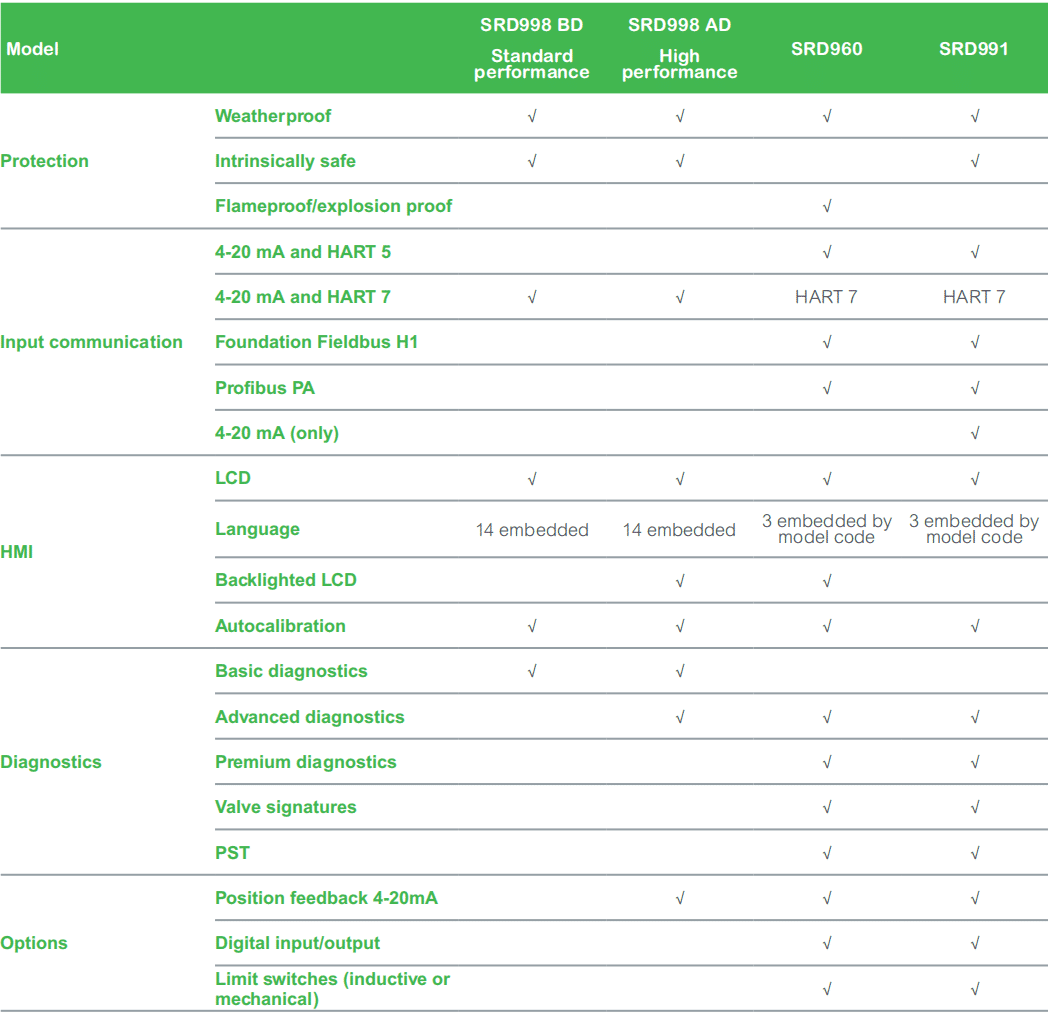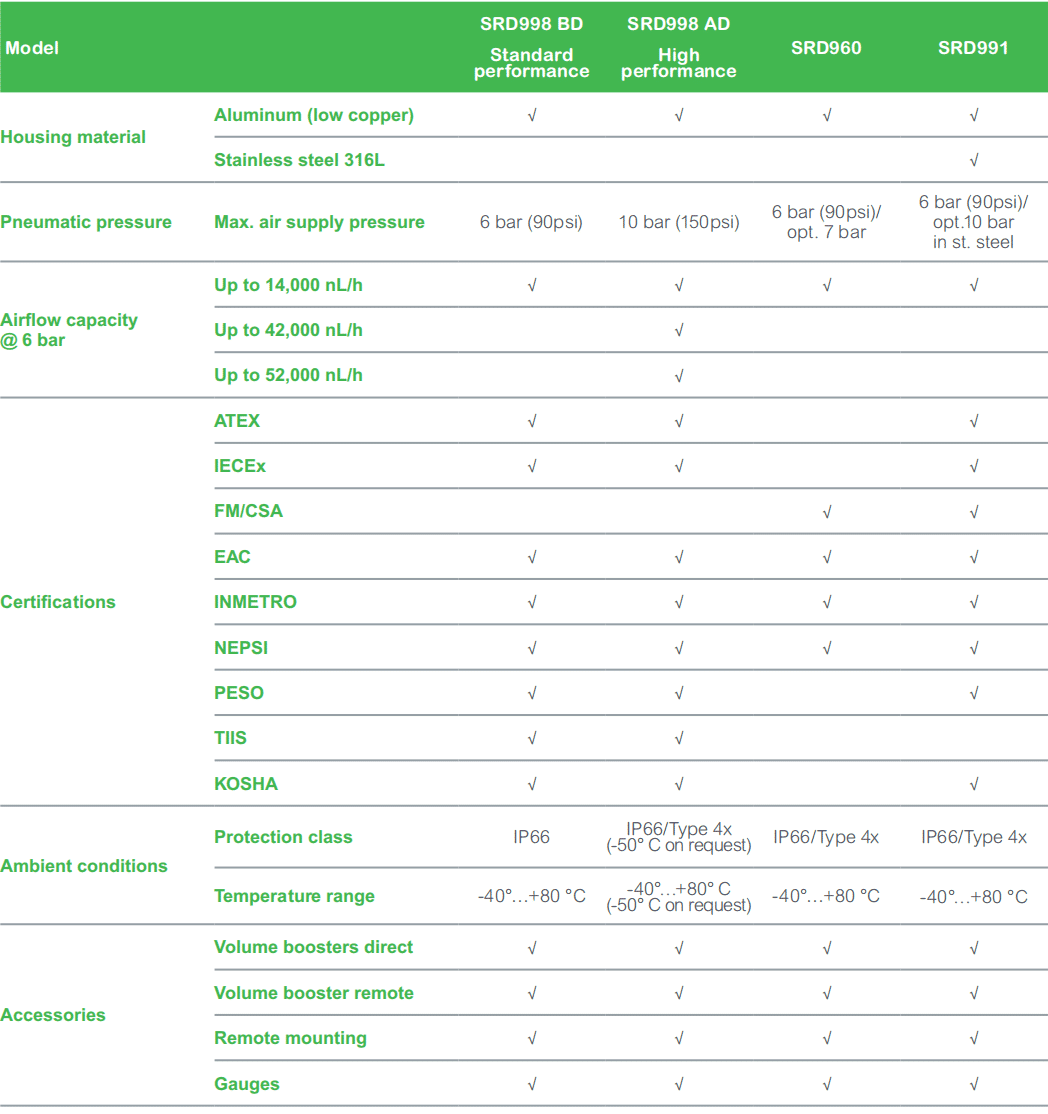
Brief introduction of advantages
Universal control valve
Whether under high pressure, in corrosive media, or in sub-zero fluids, the plug valve series is designed with low torque to reliably meet most requirements with low energy consumption.
Heavy duty control valve
Highly engineered anti-cavitation control valves eliminate harmful wear, which can extend service life and reduce cost of ownership. Multiple material, pressure and temperature options maximize flexibility for demanding service applications.
Ball valve
Long service life in harsh applications including corrosive fluids and refrigerants, ball valves can be customized according to international design and performance standards.
Butterfly valve
Low friction and torque, bi-directional sealing, inherently fire-resistant construction and no-blind zone design provide superior performance and long-term value, ideal for precise throttling and switching applications.
SRD998
More aerodynamic performance options are available, including high flow versions, while providing up to 10 bar of supply and output pressure. The high output pressure allows the positioner to operate at higher torques on actuators and valves; Therefore, smaller actuator sizes can be used. Because the high-flow version of the supercharger does not need to be small, it helps to save money.
Robust and reliable design
Easy to use user interface
Modular Optional option
Equipped with basic/advanced diagnostic functions
SRD960 / SRD991
Offering the most advanced technology available on the market today. These include an infrared interface for wireless operation and configuration, a multilingual full-text graphics LCD, and a full selection of all communication protocols for process automation applications. It provides enhanced applications and methods to analyze recorded trip data. The locator DTM(VALcare) makes it easy to configure and display all diagnostic functions. The Positioner DTM edits a complete "Health" report of the valve based on all configuration and diagnostic data. It also has the ability to control partial stroke testing (PST), which provides the operator with the ability to identify the troubleshooting function of the ESD(emergency shutdown) valve.
Predictive maintenance capability
Intelligent alarm management
Self-monitoring in compliance with NE107
Service management
Bar chart of valve position and response history collects data for up to 60 months
Data is stored in the positioner memory to determine stem friction to prevent leaks and a bar chart of rod friction history
Selection guide
Partial Stroke Test (PST) applications with solenoid valve (SOV) monitoring provide high security against false trips and SOV error testing.

